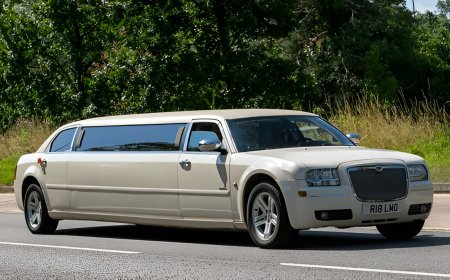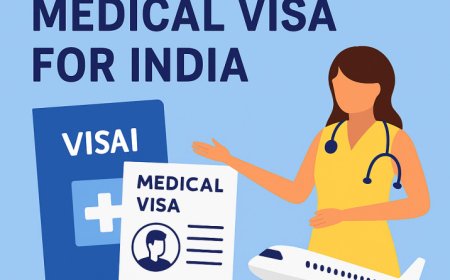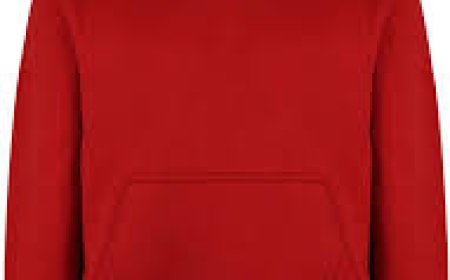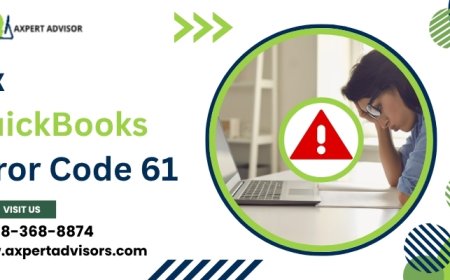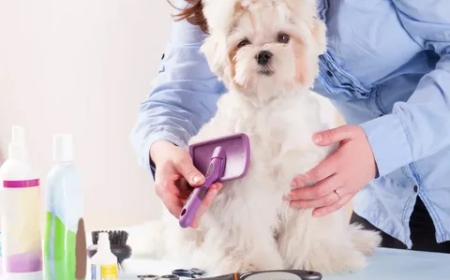Braces vs. Gum: Is Chewing Allowed with Invisalign or Brackets?
Chewing gum with braces or Invisalign? Avoid common mistakes and keep your orthodontic treatment on track with these practical dental tips

Chewing gum is one of those everyday habits that feels harmless, refreshing your breath, curbing hunger, or helping with focus. But for people undergoing orthodontic treatment, the question of whether its safe to chew gum becomes more complicated. While some believe it's strictly off-limits, others argue there's some wiggle room depending on the type of orthodontics youre using.So, if youre adjusting to life with braces or wearing clear aligners, youve likely wondered: Can I still chew gum? The answer depends on your treatment plan, and understanding the guidelines will help you avoid delays or damage to your dental progress. Lets break it down.
Why Gum-Chewing Matters During Orthodontic Treatment
Orthodontic appliances, whether metal braces or clear aligners are designed to shift your teeth gradually and precisely. Any habits that interfere with this process, even temporarily, can create setbacks.
Chewing gum presents several risks, such as:
- Getting stuck in metal brackets and wires
- Pulling or loosening appliances
- Increased exposure to sugar or acidity
- Disrupting the position of aligners
Patients under the care of aDentist in Fulhamare often advised to review dietary habits early in treatment, especially if theyre used to chewing gum frequently. Being informed helps maintain both appliance integrity and oral hygiene.
Traditional Braces and Gum: A Risky Combination
Metal braces consist of brackets, wires, and bands all of which create multiple surfaces for food and sticky substances to latch onto. Chewing gum, especially the sugary or sticky variety, can lead to complications ranging from discomfort to damage.
Common Issues When Chewing Gum with Braces
|
Problem |
Effect on Braces |
|
Gum sticking to brackets |
Difficult to clean, increased plaque risk |
|
Pulling at wires |
Can loosen or dislodge brackets or bands |
|
Chewing force |
Potential to bend wires or delay tooth movement |
|
Sugary gum |
Promotes cavities and enamel erosion |
Most orthodontists advise patients with traditional braces to avoid chewing gum altogether, especially during the early stages of treatment when wires are most sensitive to external pressure.However, some modern orthodontic approaches allow sugar-free gum under strict guidance. This decision should always be made in consultation with your dental provider.

Chewing Gum with Invisalign: What You Should Know
Clear aligners like Invisalign offer more flexibility when it comes to diet and lifestyle. Because the aligners are removable, patients are not restricted in the same way as those with fixed braces. Still, that doesnt mean you should chew gum freely while wearing your aligners.
Why You Shouldnt Chew Gum with Aligners In
- Gum can stick to the plastic trays, making them cloudy, sticky, and hard to clean.
- Chewing may warp the shape of aligners, affecting their fit and effectiveness.
- Flavoured or sugary gumcan introduce acids that settle between the trays and teeth, leading to decay.
Patients undergoing Invisalign Fulham treatment are usually advised to remove their aligners before chewing gum, and to rinse their mouth and trays thoroughly before reinsertion.
Quick Dos and Donts for Aligners and Gum
- Remove aligners before chewing anything
- Never chew gum while aligners are in
- Rinse trays and mouth after chewing
- Avoid gum with sugar or artificial colouring
The convenience of being able to take aligners out makes it easier to enjoy occasional chewing gum but only when done correctly.
Is Sugar-Free Gum a Safer Option?
Sugar-free gum, especially those containing xylitol, is often recommended for its dental benefits. Xylitol helps to neutralise acids, increase saliva flow, and reduce bacteria. This can be useful during orthodontic treatment when cleaning around appliances becomes more challenging.
When is Sugar-Free Gum Acceptable?
- With braces: Only under advice from your orthodontist
- With Invisalign: Only when aligners are removed
Even if you're under the care of a Dentist in Fulham who allows sugar-free gum, you must ensure it doesnt interfere with your treatment plan. Excessive chewing or poor hygiene can still pose problems.
Alternatives to Chewing Gum for Fresh Breath
If youre trying to stay fresh throughout the day but want to avoid gum, there are safer alternatives especially if youre wearing orthodontic appliances.
Effective Options Include:
- Sugar-free mints(dissolvable and less likely to stick)
- Alcohol-free mouthwashfor quick freshness
- Tongue scrapersto remove bacteria
- Hydration drinking water throughout the day
- Frequent brushing and flossing especially after meals
These options are less risky than gum and can help maintain your oral hygiene without disrupting your orthodontic treatment.
What to Do if Gum Causes a Problem
Despite the best intentions, accidents happen. Gum can get stuck in braces or aligners, causing panic or discomfort. The key is not to make the situation worse.
Follow These Steps:
- Dont pullat the gum aggressively, it may damage brackets or aligners.
- Use a soft toothbrushto gently remove any residue from braces.
- Soak alignersin a specialised cleaning solution if gum is stuck.
- Contact your dental clinicif damage occurs or you cannot remove the gum.
Patients in Invisalign treatment should consult theirInvisalign Fulhamprovider for tailored advice if trays become misshapen or soiled.
Align Treatment with Smart Habits
Gum might feel like a simple treat, but during orthodontic treatment, it demands extra care. Braces typically mean skipping gum due to the risk of damage and hygiene concerns. Aligners offer a bit more flexibility, though only if handled correctly.
Key considerations:
- Braces: Avoid gum to protect brackets and wires.
- Aligners: Only chew gum when trays are removed and your mouth is clean.
- Always rinse before reinserting aligners.
- Sugar-free gum is safer but still needs caution.
When in doubt, speak with your orthodontist. A quick check can help avoid unnecessary delays in your treatment.
Conclusion
Navigating the dos and donts of orthodontic treatment doesnt have to be complicated. When it comes to chewing gum, its all about knowing your appliance and sticking to safe habits. For those wearing braces, gum is best avoided to protect brackets and wires. If you're using Invisalign, occasional gum is manageable but only when trays are out and your mouth is clean.At Fulham, we guide our patients through every stage of their orthodontic journey gum questions included! Whether you're using clear aligners or fixed braces, our dental team ensures youre informed, supported, and on track for a straighter, healthier smile.




